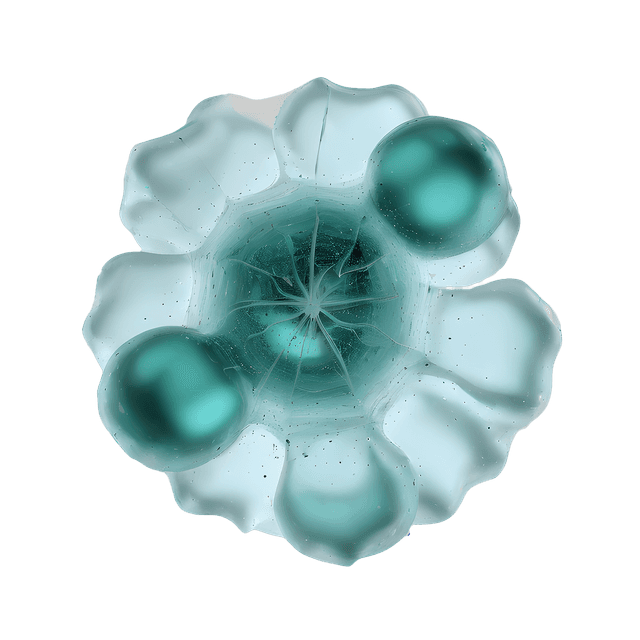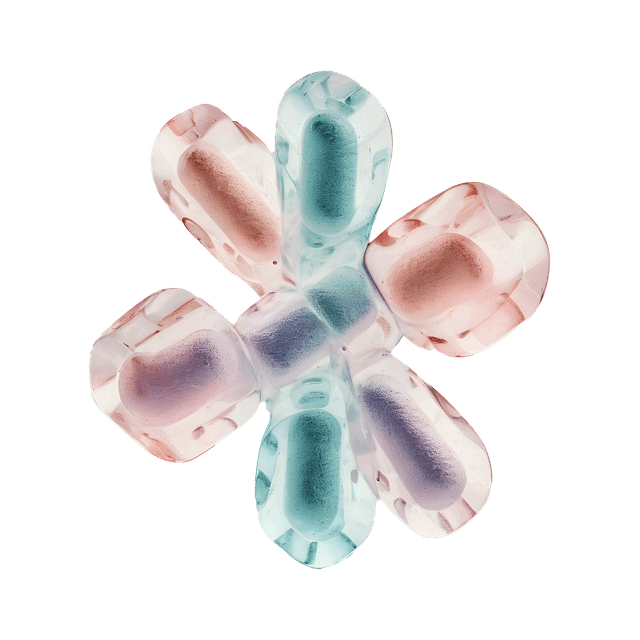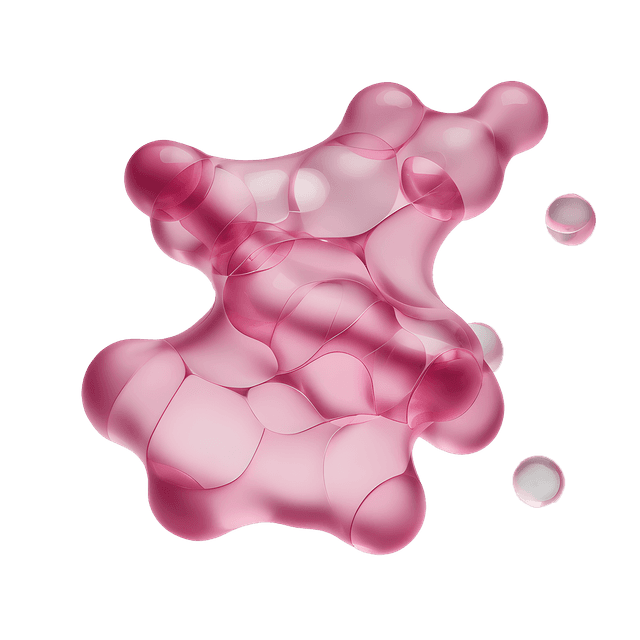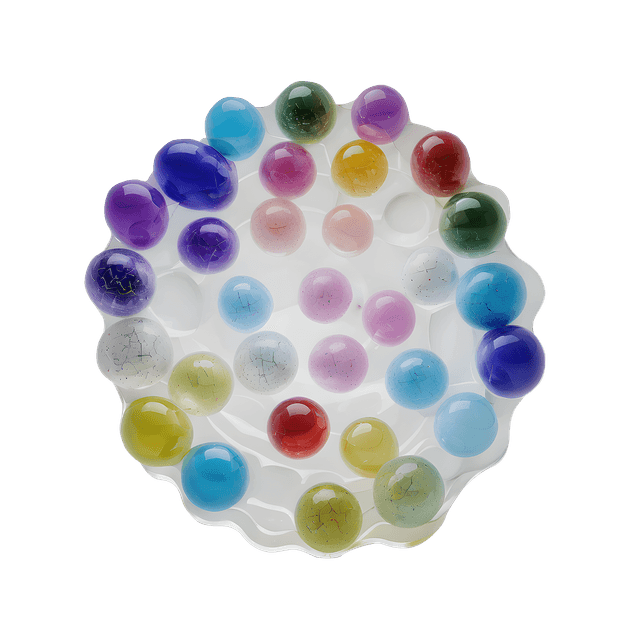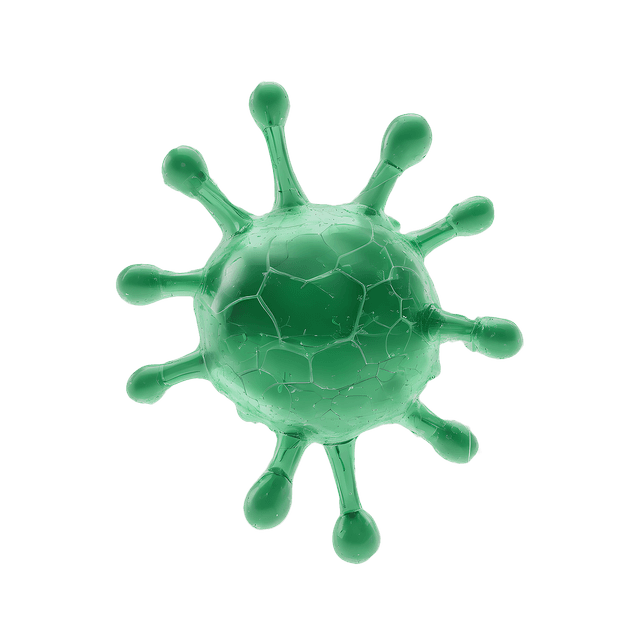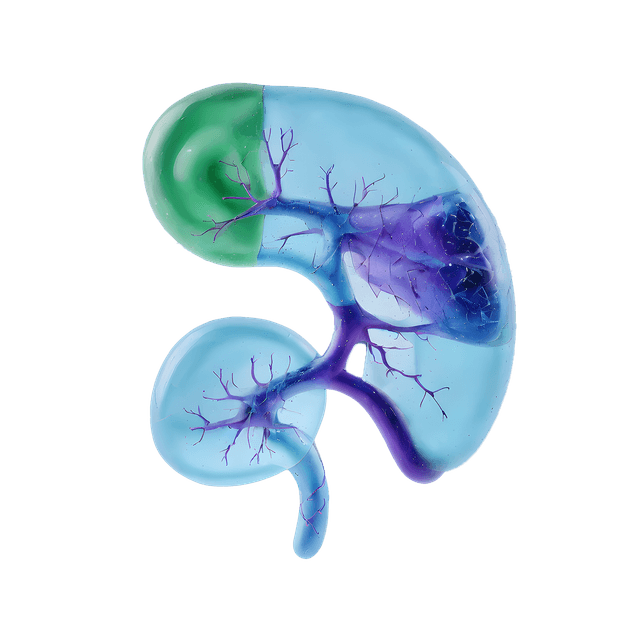What is S-Anti-Sm?
S-Anti-Sm is an autoantibody that is directed against so-called Smith antigens – these are proteins in the cell nucleus that are involved in RNA processing. This antibody is very specific for systemic lupus erythematosus (SLE) and occurs almost exclusively in people who have the disease. Although it is only found in a small proportion of SLE patients, it has high diagnostic significance once detected.
Why analyze S-Anti-Sm?
S-Anti-Sm is analyzed as part of the autoimmune investigation, especially when SLE is suspected. It is used to:
- Strengthen the diagnosis of systemic lupus erythematosus in the case of a positive ANA and clinical suspicion
- Differentiate SLE from other autoimmune rheumatic diseases
- Confirm the diagnosis in the case of unclear systemic symptoms such as fever, fatigue, rash or joint pain
How do you interpret a positive S-Anti-Sm?
A positive S-Anti-Sm value is very specific for SLE, which means that it almost never occurs in healthy individuals or in other diseases. This makes the antibody a strong indicator of SLE once it is found – even though it is only present in about 20–30% of patients with the disease.
Unlike some other autoantibodies (such as anti-dsDNA or anti-SSA), the level of S-Anti-Sm is not linked to disease activity or relapses. This means that the test is mainly used to confirm the diagnosis – not to follow the course of the disease over time.



